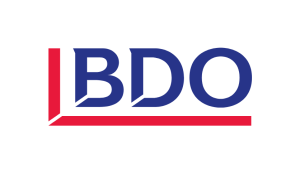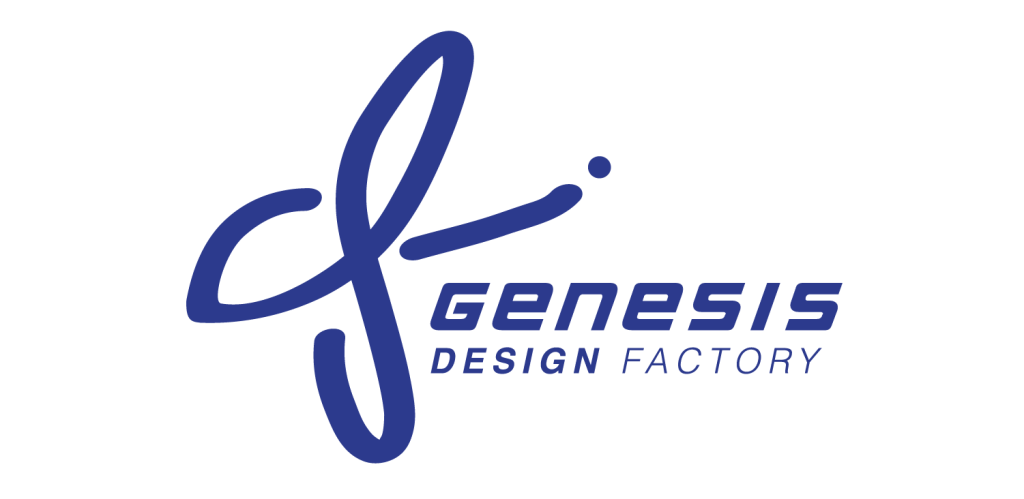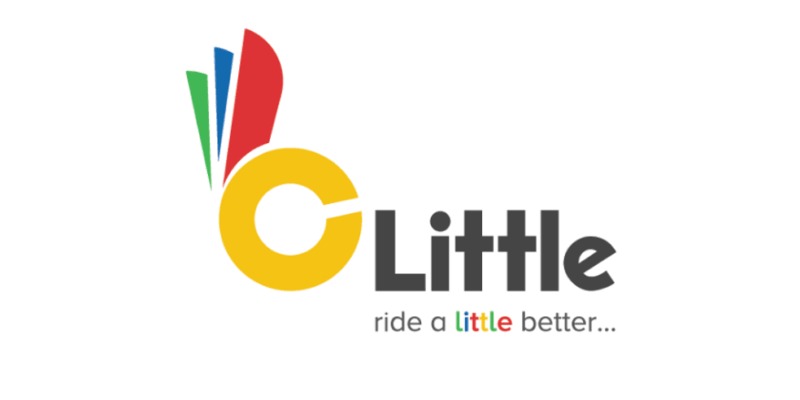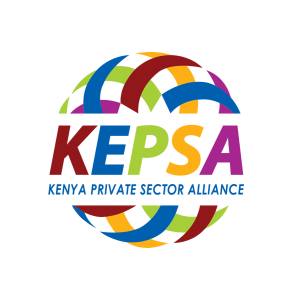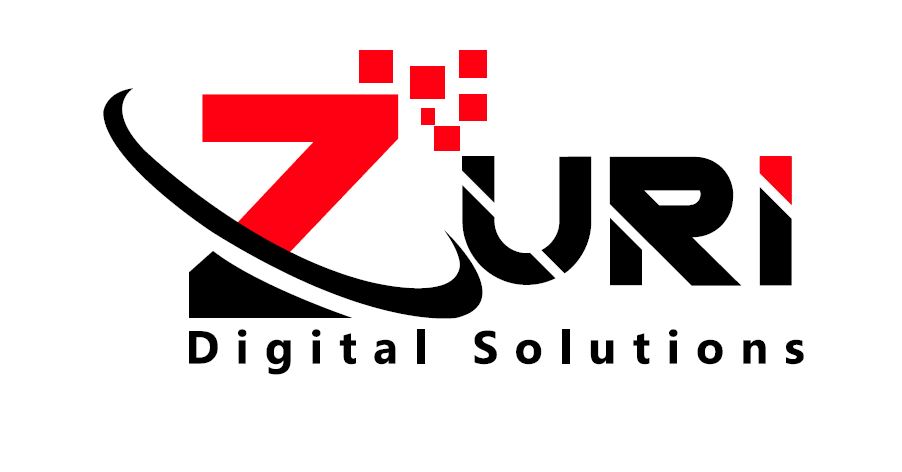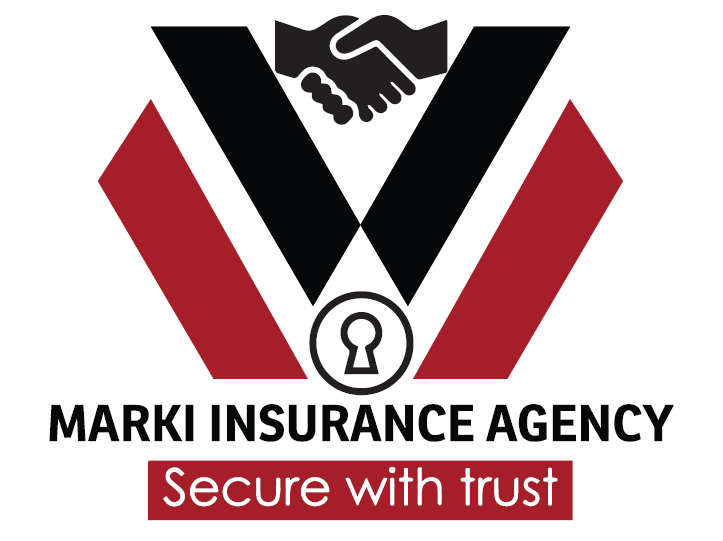How To Proactively Address Skill Shortages Through Targeted Training Initiatives
At some point, companies may face skill shortages among the staff. The business landscape is ever-changing, and keeping up with these alterations may require reskilling or learning new skills. Before this happens, the company may go through a significant moment of strain.
The cost of inaction is hefty, which is why businesses must proactively address skill shortages within the company. Targeted training initiatives are an effective way for companies to deal with skill deficiencies.
Targeted training initiatives are the permanent solution for companies looking to keep up with changing dynamics and move to the future with the confidence of staying on top of the competitive landscape.
Keep reading below to learn more about the best practices for targeted training initiatives.
Skill Shortages and Their Impact on Businesses
Skill shortage is a situation where there is an insufficient number of individuals with the required talents and qualifications to fill available positions within a specific industry or sector.
The shortage can manifest in various forms, including a lack of technical expertise, soft skills, or industry-specific knowledge. Skill shortage can impact businesses in various ways, including the following:
Stunted Growth
Skill shortages can restrict company growth by limiting its ability to take on new projects or expand into emerging markets. Because employees lack the necessary skills to complete new tasks, organizations may struggle to meet evolving business demands, leading to limited growth.
Decreased Productivity
Insufficient skills within the workforce can lead to decreased productivity. Employees may lack the proficiency to perform tasks efficiently. It, in turn, can result in missed deadlines and reduced overall output. In the long run, it harms the company’s reputation.
Increased Costs
Skill shortages can cost businesses money because they must hire external talent to handle the tasks that in-house employees and existing contractors cannot.
It could mean paying for skills at an above-average price due to the short deadline and high demand. Another associated cost would be investing in recruitment and training programs to find talent that already has the necessary skills.
Wanting Quality of Work
Skill shortages will compromise the quality of work that employees produce. Since employees do not have the right skills, there will be gaps in the quality of work. These gaps eventually affect the overall reputation and competitiveness of the organization. It can largely affect processes that require expertise and precision to complete successfully.
Limited Innovation and Adaptability
A lack of key skills hinders an organization’s ability to innovate and adapt to changing market conditions. Business is unpredictable and ever-evolving.
Companies with skilled and adaptable workforces are better positioned to navigate industry shifts and technological advancements. Therefore, businesses that lack the necessary skilled workforce to adapt to changes risk being left behind and falling out of competition.
Employee Morale and Retention
Skill shortages often contribute to increased workloads for existing employees. Employees with insufficient training are forced to take up additional tasks that consume time and effort due to the lack of skills. It leads to burnout and decreased morale among employees.
Moreover, talented employees may look for opportunities elsewhere if they sense a lack of growth and development within the organization.
Customer Satisfaction
Finally, the lack of skills in service-oriented industries can directly impact customer satisfaction. Customers may experience delays, receive poor service, or encounter issues that arise from a lack of expertise among the service providers. It ultimately damages the company’s reputation and could trigger a loss of sales, hurting its financial standing.
Targeted Training Initiatives
Targeted training is a focused and customized approach to employee development. Companies design learning initiatives to address specific skill gaps, competencies, or knowledge areas within a workforce.
Rather than adopting a one-size-fits-all training strategy, targeted training delivers precise and relevant learning experiences that align with the unique needs and objectives of individuals or groups within an organization.
Target training uses formal and informal learning to ensure new and existing employees have enough skills and support to perform in their roles. They can vary widely based on the specific needs of the organization.
Examples of targeted training initiatives include sales skill enhancement, leadership development, digital marketing training, IT security awareness training, and customer service excellence programs.
Tips For Implementing Targeted Training Initiatives
Employers and business owners should welcome targeted training programs. High-quality programs could mean better efficiency and good profit margins.
However, implementing targeted training initiatives requires careful planning, effective execution, and ongoing evaluation. Managers and employers can use the following tips to implement targeted training programs successfully:
Use employees’ skills matrix to find gaps
An employee’s skills matrix provides a layout of the employee’s skill level. A history of self-assessments and professional evaluations can show managers the skills individual employees possess and what they could be lacking.
Evaluate individual training requirements.
Every employee in the company has a different preferred way of learning. Therefore, managers need to consider the learning styles that would be appropriate for different workers. Customized training gets better results than mass training.
Design objectives based on business goals
Designing training initiatives calls for identifying business goals. Managers must understand the company’s needs and what they want to achieve. With a clear idea of long-term and short-term goals, employers can develop targeted training that helps employees get where they need to be to achieve them.
Tell employees why the training matters.
One of the challenges managers have when implementing targeted training programs is getting employees excited and willing to participate. Employers can get employees interested in targeted training by highlighting the value of the programs. Managers should communicate how the training helps them perform roles more effectively, adapt to digitization changes, and advances their career.
Create reasonable training schedules.
Time is of the essence when addressing skill shortages. However, managers need to remember that achievable timelines produce better results. Therefore, training programs should have a flexible schedule spread across a reasonable timeline.
Specific dates for training help employees plan accordingly. In addition, the schedule should provide makeup sessions. The goal should be to avoid cramming too much onto employees’ plates at once.
Get feedback from employees.
Throughout the training program, employers should seek feedback from employees. Anonymous surveys, interviews, and focus groups can provide great insight into how employees feel about the initiatives. Employers should strive to make workers feel free to share honest feedback without fear of being treated differently.
Measure effectiveness
Finally, employers should measure the program’s effectiveness to determine if it is worthwhile. In addition, it can help managers determine whether the initiatives benefit employees and meet company goals.
Training Should Start Today
Through proactively embracing targeted training, organizations can bridge skill gaps and foster a culture of continuous learning. By implementing targeted training initiatives, companies can ensure that their workforce is ready to thrive in the challenges of tomorrow. The future of skill readiness begins with targeted training today.





